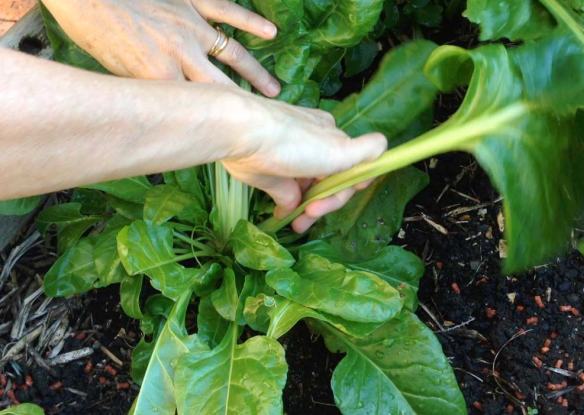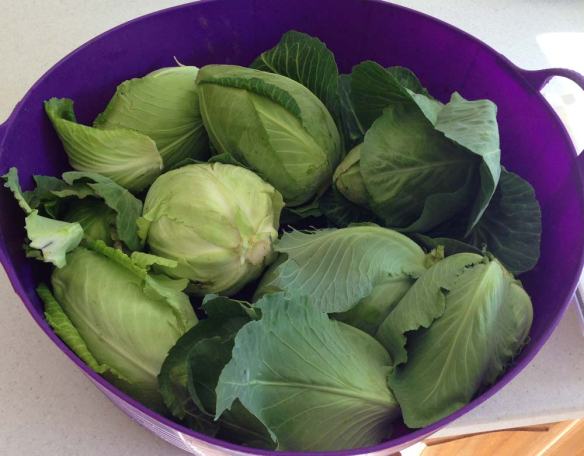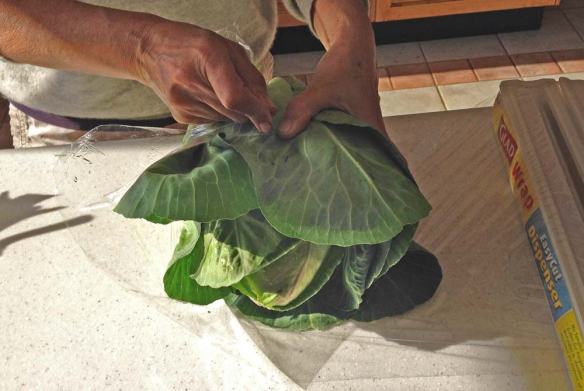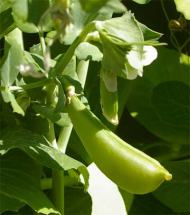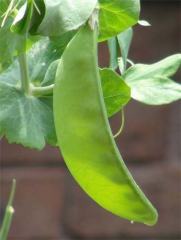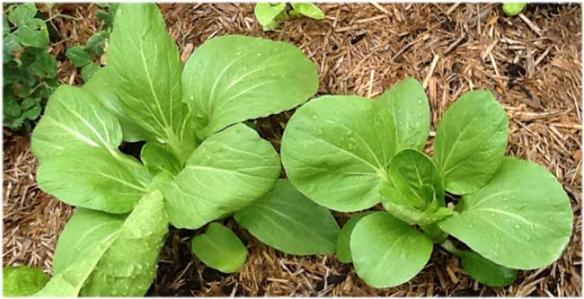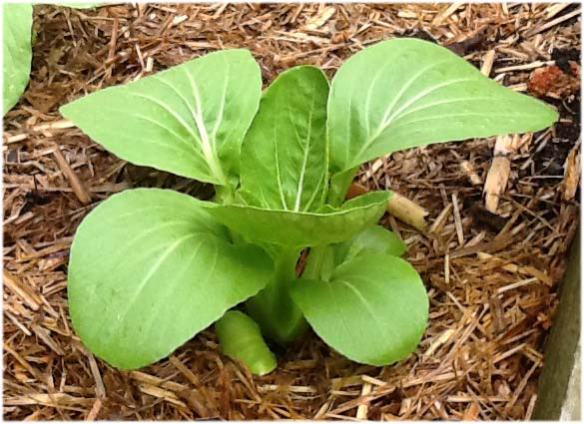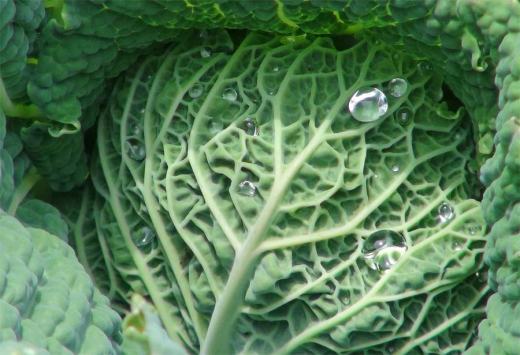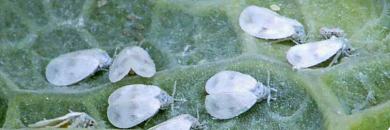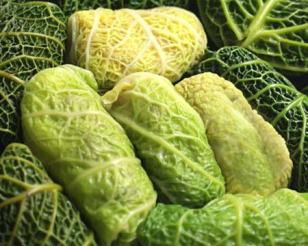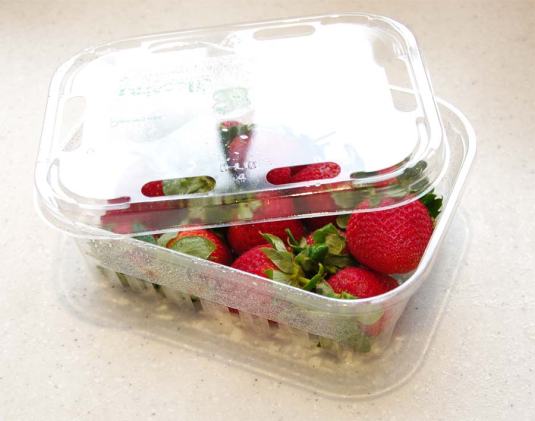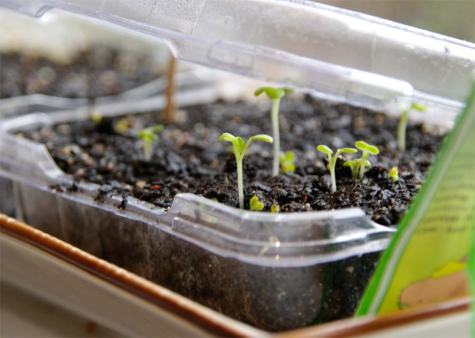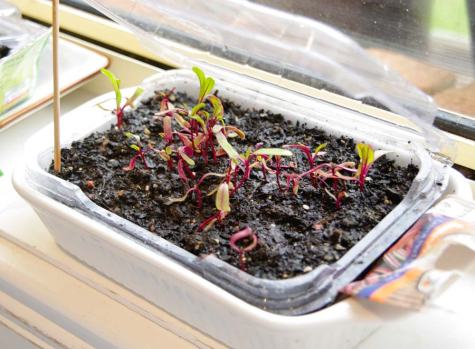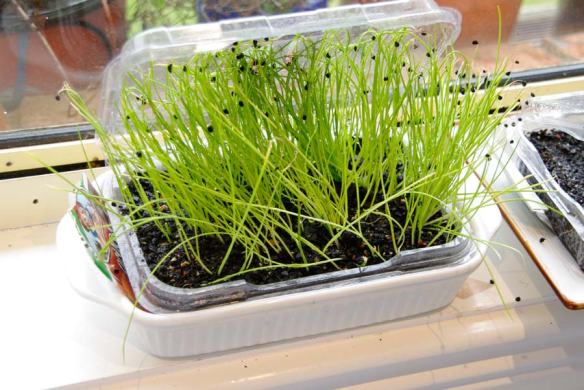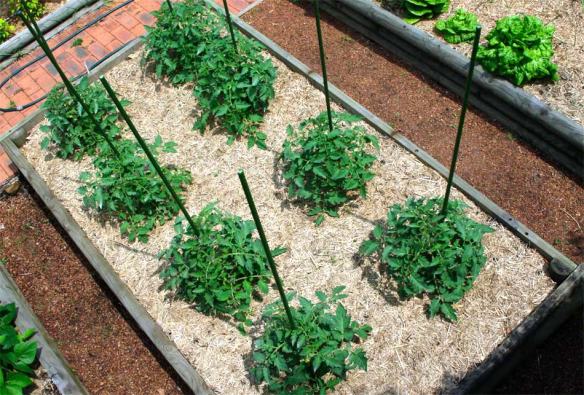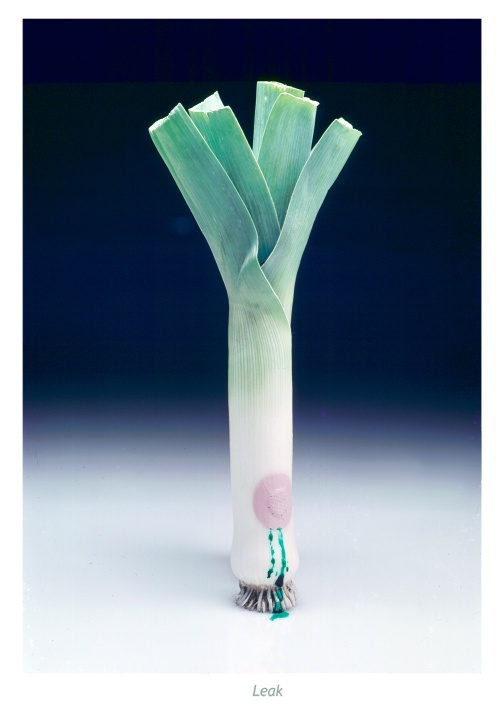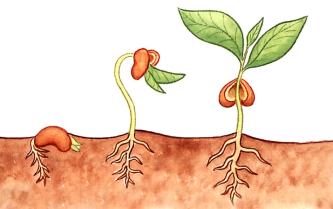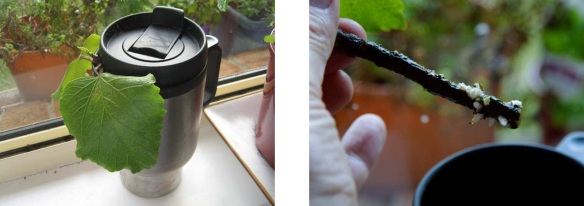They say I have a green thumb. Why? Probably because it’s in the blood. I come from a long line of gardeners and my formative years were immersed in conversations like …..
‘rains due, that’ll help the runner bean flowers set’, …….
‘soon be time to ridge up the potatoes, dear,’ ….
‘Dad’s sunflowers won first prize at the fete today!’ ……
‘ it’s been a good year for cauliflowers, hearted up beautifully they have.’
My grandfather, Albert Edward Saunders was head gardener at Eastridge Estate in Sussex and he presided over a greater family of more than 50. It was the odd-man-out who didn’t like gardens and plants (if there was one). He wore corduroys held up high around his ribcage with a thick leather belt, as weathered as his hands.
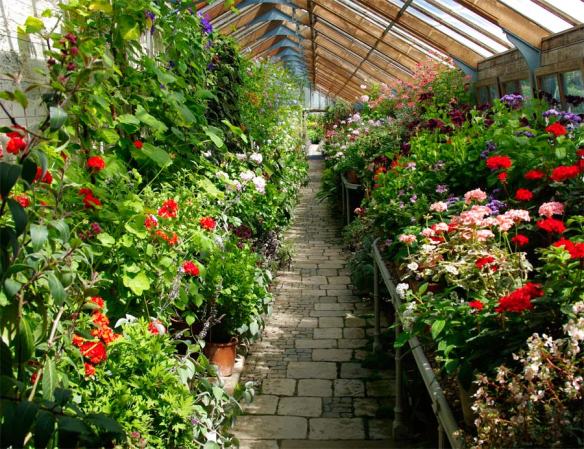
My grandfather’s greenhouse
He could split logs with one swing of a hand axe, sharpen a razor on a leather strap, forecast the weather with great accuracy from a sniff of the breeze and grow marrow that took two of us littl’uns to carry to the kitchen.
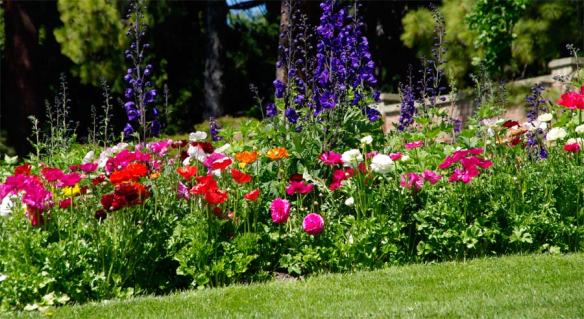
Summertime border flowers
On visits to my grandparents I’d play with my cousins in amongst head high lupins, delphiniums and phlox – we were only 5 at the time and they swayed, with splendid, towering, rich colours around us. We’d run helter-skelter through the bluebell woods then help aunties pick peas and shell them over the stone draining board.
My grandfather’s shed was a place of great wonderment with aromas of musty baskets and beech wood shavings, of boxes full of metal tools with worn wooden handles, of flaky onions hanging in long plaits by the window, of dried grass on lawnmower wheels, of lanolin grease on wheelbarrow hubs and in autumn the smell of apples filled our eager nostrils as they dried in straw filled trays on the long shelves under the bench.
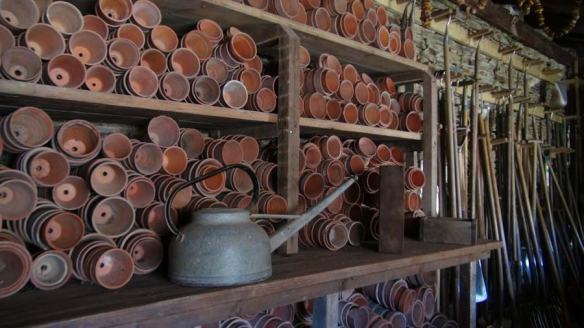
My grandfather’sd shed
The high point of the visit was when my grandmother announced that ‘the fairies have been’ . . and we’d scamper to the foot of the great Lawsons Cypress (Chamaecyparis lawsoniana) to search for sweets.
As the mantle clock ticked round to 5pm and the full Westminster chime pealed out, a long line of grandchildren would hop up onto my grandfather’s knee for a goodbye kiss and a tickle from his great grey whiskers.
They were happy formative years that started a life full of love for nature and gardens and, although he’s long gone, the enduring memory of his strong Gloucestershire twang still rings in my head as he recited his favourite poem while I sat upon his knee;-
Oi be a varmer’s boy, oi be
the leaks and onions all love me
oi puts them in their earthy bed
and pats each little curly head
and then I wanders home to tea
Oi be a varmer’s boy, oi be.
And so the seeds were cast and eventually germinated as www.gardensonline.com.au in Australia in March 2000. Come and visit us and share our love of plants and great gardens.
Author: Bob Saunders (www.gardensonline.com.au)
